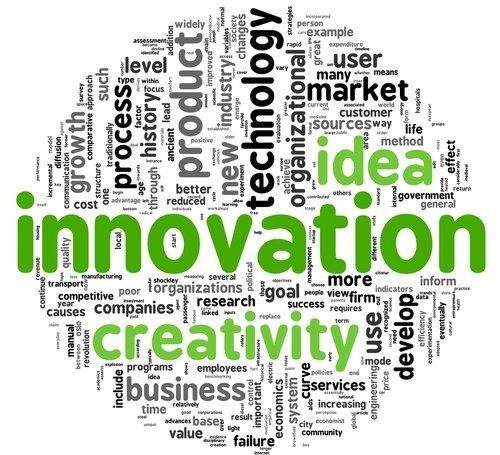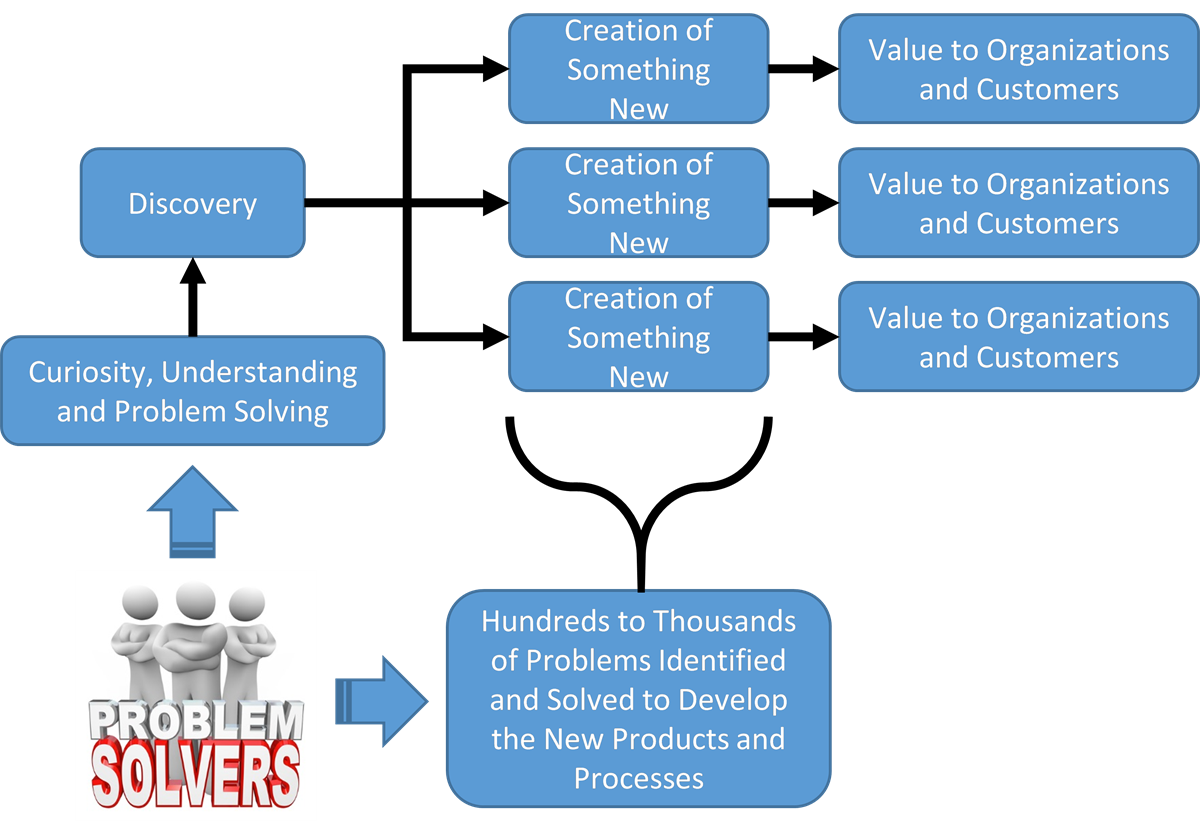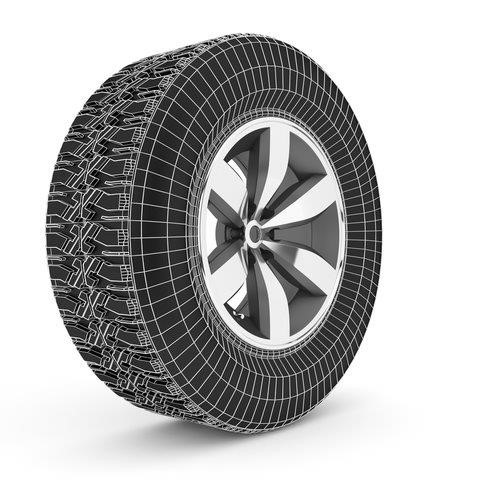Thank you to RLG’s Strategic Partner, Dana Clarke, CEO of Applied Innovation Alliance, LLC for this interesting article.
What is Innovation?
By Dana W. Clarke, Sr.
One of the most confusing things about “innovation” is the use of this term. Today you can find a broad array of over 60 definitions on the Internet. Stepping back from all the clutter and looking back a few years you would find the definition of innovation to be “the creation of something new”. That definition led companies to the development of large quantities of patents; most of which (around 94% by some calculations) did not create value. About 20 years ago, the definition of innovation evolved to “the creation of something new that delivers value”. This changed the focus from continuous creation to creating value for the organization and its customers. The realization is that if value is not created, then innovation does not occur.
The updated definition tells us “what” needs to be done (deliver value)  and helps us recognize whether innovation has occurred (no value, no innovation) but it does not tell us “how”. The reality is that mankind has not really known “how” since the beginning of our existence. For the most part, innovation has been the responsibility of individuals that we know by name; Aristotle, da Vinci, Whitney, Bell, Edison, et al.
and helps us recognize whether innovation has occurred (no value, no innovation) but it does not tell us “how”. The reality is that mankind has not really known “how” since the beginning of our existence. For the most part, innovation has been the responsibility of individuals that we know by name; Aristotle, da Vinci, Whitney, Bell, Edison, et al.
Today, innovation has evolved to a systematic and structured process that is designed to support “the creation of something new that delivers value”. Furthermore, it can be adapted to the specific needs of an organization. It provides a foundation of language to enhance how we communicate about the challenges, methods / tools and techniques, and structured processes. Innovation has become teachable, manageable and executable.
Categories of innovation
Innovation exists at three basic levels:
- Discovery
- Creation of something new
- Problem Solving
If we look at these in more detail, we find that discovery is actually very rare, creation of something new is a little more common and problem solving occurs in abundance. Problem solving is also inherent to both discovery and the creation of something new that adds value. Discovery is a beginning, one that allows many new products and processes to be created and along the way hundreds to thousands of problems of all types that need to be solved to realize the value.

EXAMPLE: Charles Goodyear is a great example of the discovery, creation, problem solving tasks. Charles Goodyear invented vulcanized rubber in 1843 but this started with an accidental discovery. Goodyear had removed the sulfur from rubber and spilled it on a hotplate and subsequently realized that something had changed. His curiosity drove him to understand what had happened i.e., the rubber retained its elasticity. This process, called vulcanization, made rubber waterproof and winter-proof which opened the door to the creation of an enormous market for rubber goods. His discovery led to the creation of many products and entire industries with hundreds to thousands of problems being solved along the way and still being solved over 170 years later.
started with an accidental discovery. Goodyear had removed the sulfur from rubber and spilled it on a hotplate and subsequently realized that something had changed. His curiosity drove him to understand what had happened i.e., the rubber retained its elasticity. This process, called vulcanization, made rubber waterproof and winter-proof which opened the door to the creation of an enormous market for rubber goods. His discovery led to the creation of many products and entire industries with hundreds to thousands of problems being solved along the way and still being solved over 170 years later.
By the Way, Goodyear died broke… He delivered the discovery that allowed others to deliver the value. Innovation occurred!
Bringing things back to today…
Think about it this way… A team walks into a room with a problem; a problem that currently has ‘no known or acceptable solution’. A problem that has existed for years with no real progress. Eight hours later, the team walks out of the room with a solution and a plan to move forward. What happened? The problem was discussed, a vision of what they needed to achieve was defined, many ideas were generated, obstacles to the ideas were discussed and overcome, and ideas were fit together /combined into conceptualizations of a solution that had the potential to deliver the desired results. The team formulated steps forward and left the room ready to go dot the ‘I’s and cross the “T’s” required to implement.
DID INNOVATION OCCUR? Probably not a new discovery; a once in a hundred-year moment of great insight that changes the ways the world delivers a technological solution or businesses do what they do. BUT, was something new of value created? Were numerous problems identified and solved? OF COURSE! A solution now existed, where there was none. The team had a path forward and is poised to deliver the desired value. Did innovation occur? OF COURSE!
Reality
While it took years to decades to solve problems in the past, systematic and structured approaches to innovation allow us to accelerate how innovation occurs. Delivering solutions today vs. a decade down the road.
Innovation successes are not without their own dilemmas. Structured Innovation is focused on delivering the most ideal solutions given the circumstances and constraints that surround the work. Simplicity and elegance are the hallmarks that increase the value of the outcomes. The response when presented to others is that they often suggest, “Well, of course, you should have been able to come up with the answer in an hour, not eight hours.” Or, “We could have done that without using Structured Innovation.” However, no one had; the problem had existed for years without resolution.
For more information and to learn more about how innovation tools and techniques can help accelerate your business performance, we encourage you to reach out to us, or to Dana Clarke at Applied Innovation Alliance, LLC.